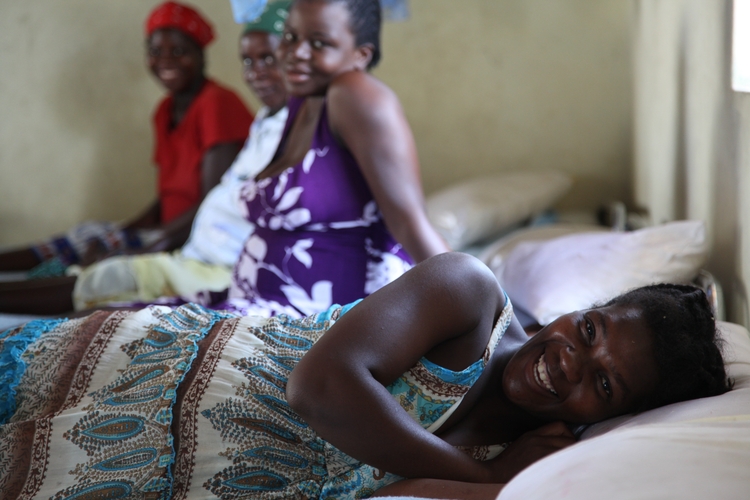
The Sunday Mail

Thousands of children living with HIV in the zero-14 years age group have died in recent years as their parents failed to initiate them on treatment for fear of alerting them of their status.
This has seen most deaths attributed to HIV and Aids being recorded among infants and adolescents, though national HIV mortality continues to decline.
Lack of access to healthcare services due to either late or non-disclosure by parents has been identified as a leading cause of fatalities. Disclosure is the process of informing a child of his/her HIV status, and may involve informing someone else about this status.
Such children will have acquired the virus from HIV-positive mothers at birth.
According to Health and Child Care Ministry estimates, 6 176 children out of 156 718 in the zero-14 years age group died in 2014.
In 2013, 8 741 others died.
The Health Ministry’s HIV and TB unit director, Dr Owen Mugurungi, said: “One of the major drivers to more deaths being recorded in this age group is non-disclosure or late disclosure by parents/guardians.
“When we refer to more deaths being recorded in this age group, we are not talking of numbers, but a proportion in terms of percentage of the people dying from HIV. In terms of access to treatment, children and adolescents have poor access than any other group.
‘‘They are also disadvantaged in terms of adherence to treatment.”
The ministry’s deputy director of HIV and STIs, Dr Tsitsi Apollo, added: “Disclosure isn’t a once-off event, but, rather, an on-going process of sharing information with the child about her/his HIV status in a way that is appropriate to the child’s level of maturity.
“The best time that a parent/guardian can disclose to their child their HIV status is when their follow a careful assessment of the child’s readiness to understand his/her own status.”
Africaid-Zvandiri director Ms Nicola Willis weighed in; “Late disclosure is certainly a contributing factor (to deaths), but it’s more complicated than that.
‘‘ There are various factors contributing to the rate of adolescent deaths, beginning with late testing for HIV.
“Adolescents continue to be brought for testing services too late, even though such services are now available. This means they get on treatment late.
‘‘Understandably, families have fears and concerns about informing their children that they are HIV positive and we need to understand and recognise what a difficult decision this is.”
Dr Apollo said there were different ways of tackling the matter, including partial disclosure for children up to six years of age, and their caregiver. In this instance, they are given information about the child’s chronic condition (without naming HIV) and that it needs to be managed by taking medicine for the child to be well.
On the other hand, full disclosure involves giving a child/adolescent all the information about their HIV status.
The information is more detailed in terms of what HIV is, how it affects the body, and what is involved in his/her care.
Dr Apollo said, “It’s important to start the disclosure process early so that the child doesn’t hear their HIV status first from other sources rather than the parents/caregivers.
‘‘They need to speak to the child in a language that the child can understand (age-appropriate), which is key.
“It’s encouraged for counsellors/parents/caregivers to use illustrations, drawings or cartoons to explain, in simple ways, what HIV is, how HIV affects the body and how ARVs work.”



